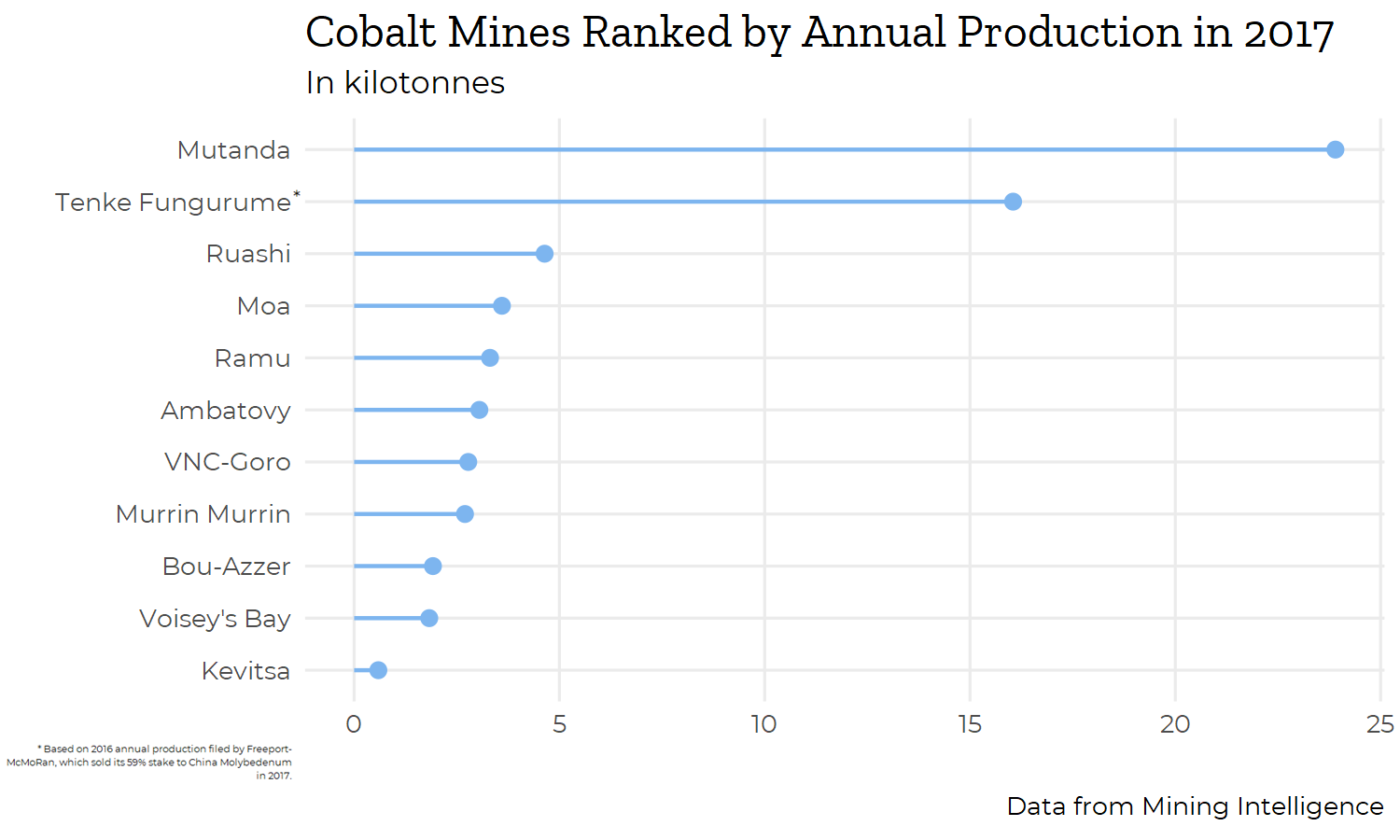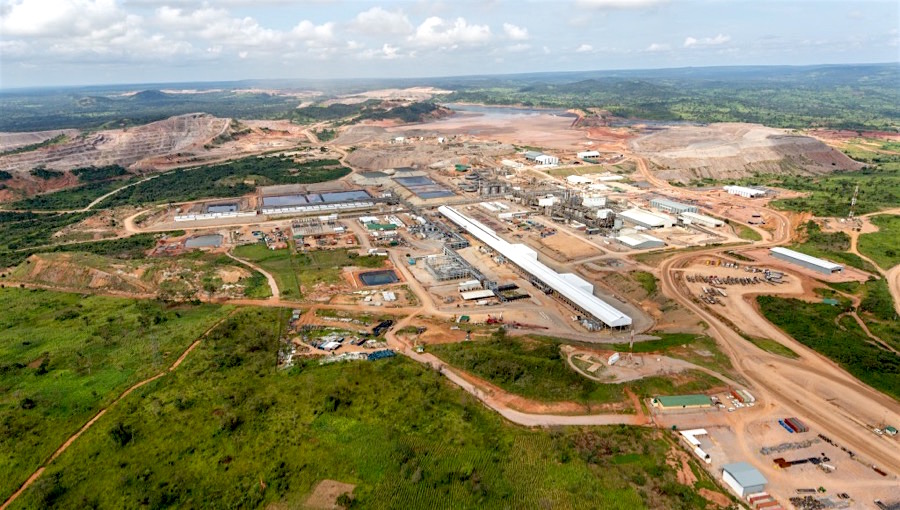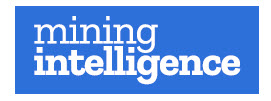Top cobalt mines ranked by production in 2017
Glencore's Mutanda Mine in the Democratic Republic of Congo produced 23.9 kilotonnes of cobalt in 2017 making Mutanda the world's biggest producer of the blue metal that is also owned by a publicly-traded company.
Ranking was compiled using data from Mining Intelligence. Annual cobalt production is gathered from publicly-traded mining companies, as well as some state-owned mines. Mining complexes are excluded. Stock exchanges used are TSX, TSX-V, ASX, LSE, LSE-AIM, NYSE and JSE.
China Molybdenum's Tenke Fungurume came in second and with an asterisk, since cobalt production is based on 2016 numbers when the mine was run by Freeport McMoran, which released the mine's last production results in its annual report. The Arizona-based copper giant sold Tenke Fungurume in 2016 to China Molybdenum for $2.65 billion. China Molybdenum doesn't publish cobalt production numbers.


Mutanda and Tenke Fungurume are the powerhouses of our cobalt listing, accounting for 60 per cent of the total annual cobalt production of the companies compiled. Both are copper-cobalt mines operating in the Democratic Republic of the Congo, source of most of the world's cobalt. S&P Global estimates that global mined cobalt production was 115 kilotonnes in 2017, down slightly from 116 kilotonnes in 2016.
Cobalt has been on a tear. Metal Bulletin (paywall) says low grade free market cobalt hit a high of US$42 lb in the second quarter of 2018. Two years ago the metal could be had for less than US$12 lb.
Mutanda will not be the top cobalt mine for long. Glencore restarted its Katanga Mine, also located in the Democratic Republic of the Congo, at the end of 2017. Katanga is expected to produce 11 kilotonnes of cobalt in 2018 before tripling output in the following year to 34 kilotonnes.
Top Cobalt Mines By 2017 Production
Mutanda - Glencore's Mutanda mine produced 23.9 kilotonnes of cobalt in 2017. The open-pit mine started production in 2011 and is locate in the Democratic Republic of Congo.


Aerial view of the processing plant at the Tenke Fungurume mine.(Image: Screenshot from Freeport-McMoRan Copper & Gold's video.)
Tenke Fungurume* - China Molybdeum's Tenke Fungurume produced 16.05 kilotonnes of cobalt in 2016, thus the astericks. Freeport McMoran sold Tenke to the Chinese company for xx in 2016.
Ruashi - The third Democratic of the Republic of the Congo mine produced 4.64 kilotonnes in 2017. The mine is owned by Jinchuan Group International and Gecamines.
Moa - Owned by Sherritt and the Government of Cuba, Moa produced 3.6 kilotonnes in 2017. It is also the first mine in our list that is outside of Africa.
Ramu - The Papua New Guinea nickel mine produced 3.31 kilotonnes for its owner Highlands Pacific Limited in 2017. Cobalt 27 announced a streaming deal with the company in May 2018.
Ambatovy - Located in Madagascar, this nickel laterite mine produced 3.05 kilotonnes in 2017. In the future the company expects the mine to produce 5.6 kilotonnes every year for the next three decades.
VNC-Goro - The nickel-cobalt mine located in New Caledonia produced 2.78 kilotonnes in 2017. The mine owners are Vale and SPMSC.
Bou-Azzer -Bou-Azzer, in Morocco, reports 1.92kt of cobalt production in 2017. The underground mine is one of Managem's oldest mines.


The Voisey's Bay mine and concentrator is located on the north coast of Labrador, Canada. (Image courtesy of Vale.)
Voisey's Bay - Voisey's Bay is an open-pit mine located in Labrador, Canada. It was created in 1999 and contains cobalt, copper and nickel. It's owned by Vale and in 2017 it's cobalt production was 1.83kt.
Kevitsa - The open-pit mine is owned and operated by Boliden since June 2016. It is one of Finland's largest mineral deposits discovered containing cobalt, nickel, copper, gold, palladium, platinum, and sulphur. In 2017, 0.59kt of cobalt was extracted.

 Sign up for Mining Intelligence and get rich insights about miners, juniors and projects. Our online tool puts rich data at your fingertips.
Sign up for Mining Intelligence and get rich insights about miners, juniors and projects. Our online tool puts rich data at your fingertips.
Creative Commons image of Cobalt, Ontario courtesy of pkdon50